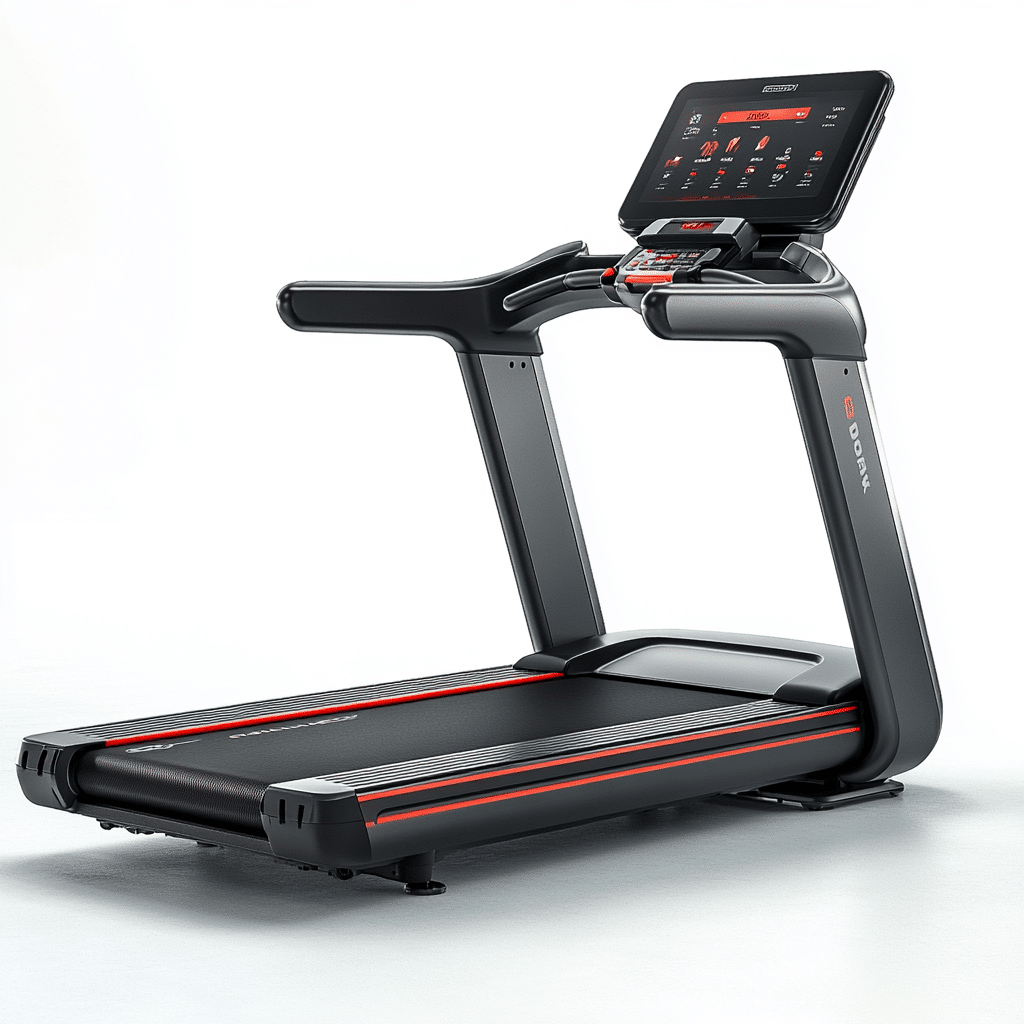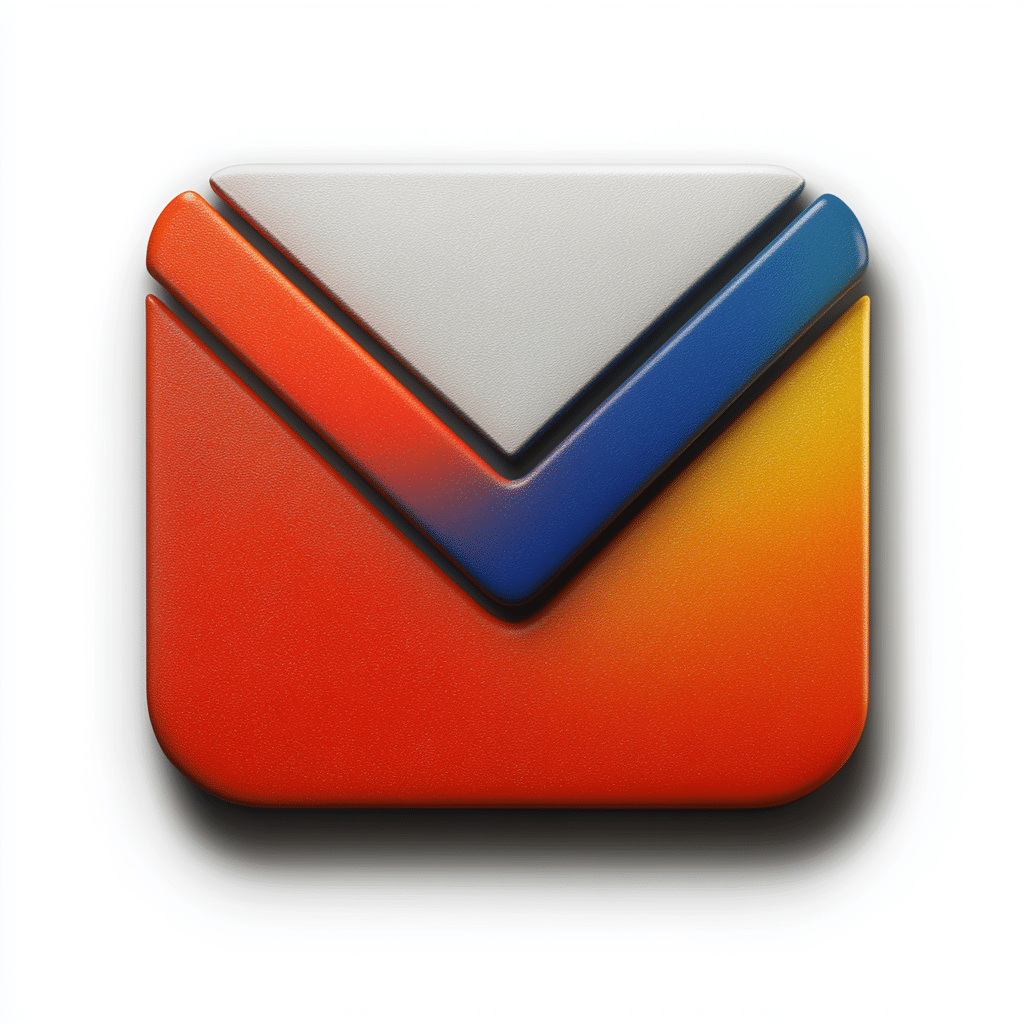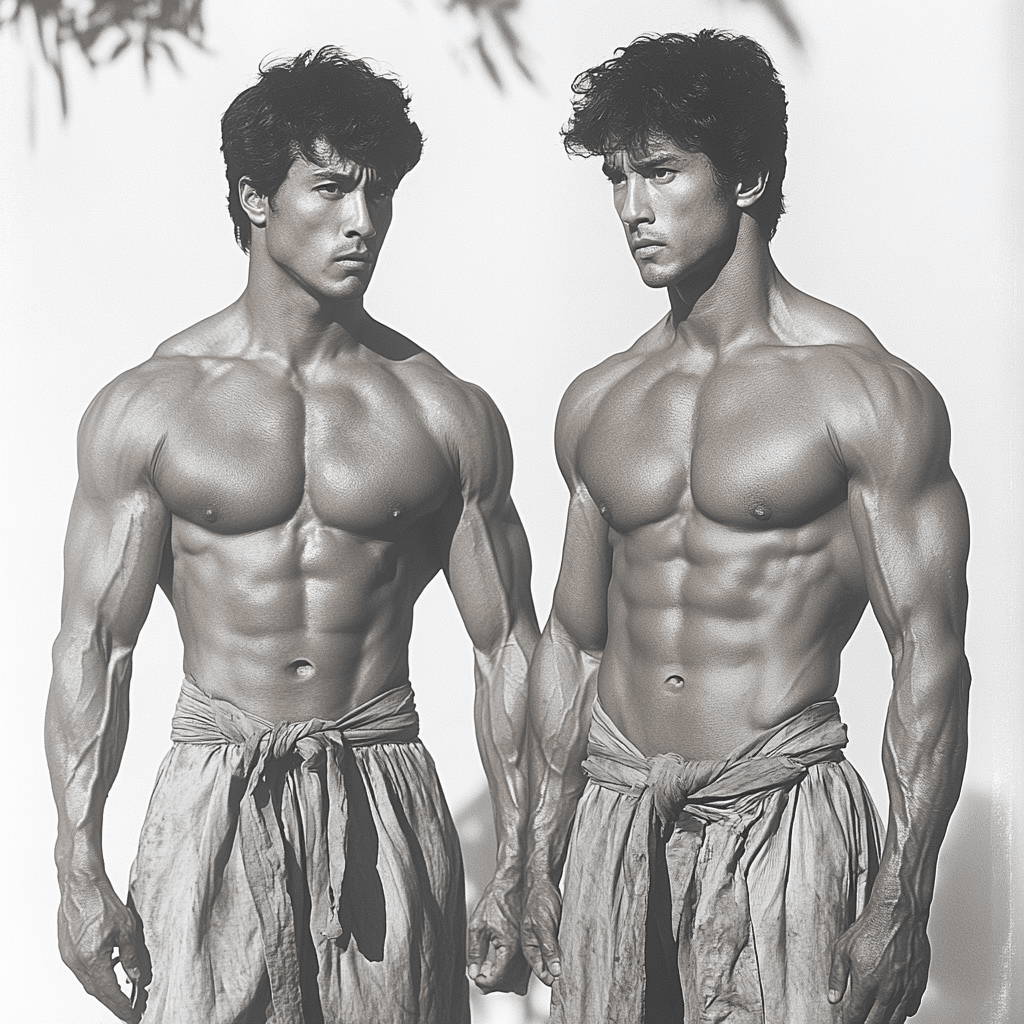Understanding the kinesthetic learner is crucial for anyone involved in education, training, or professional development. These learners thrive in environments that involve movement and touch, relying heavily on physical engagement to grasp concepts. Unlike their visual or auditory counterparts, kinesthetic learners often struggle with passive learning, such as traditional lectures or reading long texts. They excel when immersed in dynamic activities, allowing them to explore and understand information through experience. In this article, we’ll dive into the world of kinesthetic learning, exploring effective techniques and real-world applications.
Top 7 Techniques That Empower Kinesthetic Learners
1. Interactive Workshops
Kinesthetic learners shine in hands-on workshops where they can actively participate. Take General Electric (GE), for example; they utilize interactive simulations effectively to train their workforce. This method fosters learning through action, making concepts stick more than passive observation ever could. The tactile approach of engaging with materials allows kinesthetic learners to internalize their training deeply.
2. Role-Playing Scenarios
Role-playing is another fantastic way to capture the essence of a kinesthetic learner’s experience. A consulting firm like Clutch employs this technique in training sessions, enabling team members to embody various roles within projects. This hands-on experience enhances both empathy and comprehension, as participants learn to navigate complex dynamics interactively. Imagine students acting as characters from Leviathan Wakes, problem-solving and making decisions in real-time—it’s thrilling!
3. Outdoor Learning Experiences
Outdoor education programs like Outward Bound cater wonderfully to kinesthetic learners. These initiatives harness the power of nature to teach essential skills like teamwork and resilience. Engaging directly with the environment nurtures a deeper connection to concepts related to leadership and problem-solving. Picture students climbing mountains while learning about geological formations; it’s a lesson they won’t forget easily.
4. Use of Manipulatives
In STEM education, manipulatives are indispensable for kinesthetic learners. Think of LEGO sets or building blocks—these tangible tools allow students to construct models that illustrate engineering principles. The LEGO Education program provides structured learning kits, enabling children to build while they learn. This hands-on engagement connects theoretical knowledge to practical application, making it easier for kids to understand complex concepts.
5. Technology Integration
The rise of technology brings exciting opportunities for kinesthetic learners. Virtual reality (VR) tools provide interactive experiences, allowing individuals to explore new environments. For instance, Google Expeditions takes learners on immersive trips to historical landmarks or geographical wonders. By simulating real-life scenarios, kinesthetic learners can experiment and explore, free from the confines of traditional education settings.
6. Arts and Crafts Projects
Artistic projects can ignite a kinesthetic learner’s imagination while reinforcing academic concepts. Organizations like The Art of Education University offer resources for educators to infuse creativity into various subjects. When learners engage in arts and crafts, they don’t just create; they solidify their understanding of scientific principles or mathematical concepts in ways that resonate on a personal level.
7. Fitness and Movement-Based Learning
Incorporating physical movement into learning significantly benefits kinesthetic learners. The Kinesthetic Classroom program promotes movement throughout lessons, intertwining dance, yoga, and other expressive activities with academic learning. This approach not only boosts cognitive function but also makes learning more enjoyable and relevant to students who thrive on active participation. Research supports that 30 Days Today strategies that integrate movement can elevate focus and retention amongst young learners.

The Role of Educators in Supporting Kinesthetic Learners
Educators play a crucial role in identifying and nurturing kinesthetic learners. Creating diverse lessons that incorporate active learning strategies can make all the difference in a student’s success. For instance, Jeff Smith, an elementary school teacher, introduces daily movement breaks and hands-on science projects. By stimulating students’ natural curiosity through physical engagement, he significantly enhances academic performance and overall classroom behavior.
Teachers can implement various strategies to support kinesthetic learners in their classrooms:
When educators recognize and respond to the needs of kinesthetic learners, they pave the way for greater success in the classroom.
How Kinesthetic Learning Translates to Real-World Success
Kinesthetic learners often excel in careers that emphasize practical skills and hands-on work. Take firefighting, surgery, and performing arts, for instance—these fields rely heavily on tactile skills. Local community colleges provide intensive programs for paramedics, emphasizing simulations and fieldwork. Such training ensures these learners are ready for real-life emergencies, building confidence and teamwork in the process.
Kinesthetic learners are often invaluable in their fields, as they adapt well to situations where problem-solving is crucial. Think of someone like Jorge Campos, who might thrive in a profession centered around interactive experiences and urgent decision-making. These real-world applications validate the importance of hands-on learning, illustrating how kinesthetic learners can drive success in various fields.

Final Thoughts on Kinesthetic Learning in 2024
As we venture through 2024, the demand for customized educational strategies for kinesthetic learners becomes more apparent. Organizations and institutions that embrace hands-on learning techniques will not only foster individual growth but also stimulate innovation across various sectors. Recognizing that movement can be a powerful learning tool can empower kinesthetic learners, allowing them to shine in their pursuits.
So, let’s celebrate the kinesthetic learner, shall we? With their need for engagement and action, they drive advancements in education and career landscapes. Every time you hear the rustle of silver hair as someone flips through a textbook, remember that there are countless other ways to learn, and exploring those methods can truly unlock the potential in everyone, wouldn’t you agree?
As we continue embracing the various styles of learning, let’s reflect on how we can encourage all kinds of learners—not just the visual or auditory—to engage fully. That might just be the key to unlocking a brighter future filled with knowledge and creativity.
Understanding the Kinesthetic Learner
Kinesthetic learners are often found thriving in hands-on environments where they can move about, experiment, and engage physically with the material. Did you know that some experts believe this learning style represents about 5-10% of the population? This unique approach to learning emphasizes action and experience, making it essential for educators and trainers to adapt their methods. Imagine a field trip to explore the Carlsbad Caverns, where students can physically navigate the stunning formations, akin to a student dropping a bag of Cheetos to test gravity—it’s all about learning through experience!
Fun Facts About Kinesthetic Learning
Ever considered how different sensory experiences can elevate our understanding? For instance, kinesthetic learners often excel when they can connect textures and movements with their lessons. Think about biting into Macintosh apples; their crunchy texture and sweet flavor can make a science lesson on plant biology come alive! This multisensory involvement creates a memorable learning moment, transforming traditional lessons into interactive explorations.
The Role of Play in Kinesthetic Learning
Play isn’t just child’s play; it’s a crucial method for kinesthetic learners to grasp concepts. Video games, for example, like Metro Last Light, can immerse players in dynamic environments where they learn strategy and problem-solving through active participation. This hands-on approach can lead to better retention and understanding than passive learning methods. Additionally, kinesthetic learners might find inspiration in the resourcefulness of a Canadian prepper, who thrives by gathering knowledge and skills through practical experiences, adapting to challenges as they arise.
In addition to traditional methods, the stories of influential figures, like Gloria Williams, remind us of the diverse paths kinesthetic learners can take. Williams is known for her vibrant storytelling and lives shaped by hands-on experiences. Her journey illustrates that when we embrace the kinesthetic approach, we open up a treasure trove of learning opportunities, perfectly tailored for those who thrive on movement and engagement.

What is a kinesthetic learning style?
A kinesthetic learning style is one where individuals prefer learning through physical activities like hands-on tasks and moving around, rather than just listening to lectures or watching demonstrations. This way of learning encourages active participation, helping learners engage more deeply with the material.
Are kinesthetic learners ADHD?
Kinesthetic learners can often have ADHD or other learning disabilities, as this style thrives on movement and physical engagement. Their need for activity can sometimes challenge traditional learning environments, but with the right support, they can excel.
What are the 4 learning styles?
The four predominant learning styles are Visual, Auditory, Read/Write, and Kinesthetic. Each style represents a different way people prefer to receive and process information, and understanding these styles can enhance learning experiences.
What do kinesthetic learners struggle with?
Kinesthetic learners typically struggle with abstract concepts and might find traditional learning methods like long lectures or reading tedious. They often take longer to process information when it’s presented passively, but they grasp practical skills quickly through hands-on experiences.
Are kinesthetic learners smart?
Kinesthetic learners aren’t smart or not smart—they just have a different way of learning. While their approach may not align with traditional measures of intelligence, it’s crucial to recognize their strengths and unique capabilities in hands-on situations.
How rare are kinesthetic learners?
Kinesthetic learners are relatively common and not as rare as some might think, especially among younger students. Many people have a mix of learning styles, but a strong kinesthetic inclination is often seen in children and active individuals.
Are kinesthetic learners gifted?
Kinesthetic learners can certainly be gifted! Many of them excel in practical skills such as sports, dance, or arts due to their natural inclination for movement. Their unique talents and hands-on learning approach can lead to exceptional abilities in fields that require physical engagement.
Who has a high kinesthetic intelligence?
Athletes, dancers, and individuals in professions like acting and crafts often exhibit high kinesthetic intelligence. These people leverage their physical abilities to learn and express themselves in various creative and athletic ways.
What famous people are kinesthetic learners?
Famous people who are thought to be kinesthetic learners include athletes like Michael Jordan, performers like Madonna, and inventors such as Thomas Edison. Their success often stems from their ability to learn through action and experience.
What are the three best learning styles?
The three best learning styles aren’t necessarily ranked, as it can vary from person to person, but many educators prioritize Visual, Auditory, and Kinesthetic styles as they encompass the most common ways people learn.
What are the 5 teaching styles?
Five teaching styles include Direct Instruction, Facilitative Teaching, Demonstrative Teaching, Collaborative Learning, and Kinesthetic Learning. Each style caters to different learner preferences and can be used to enhance understanding in the classroom.
What do auditory learners enjoy more?
Auditory learners usually enjoy listening to lectures, discussions, and audio content. They tend to pick up information better when it’s presented in a verbal format and often prefer environments where they can discuss and hear information.
Are kinesthetic learners dyslexic?
Kinesthetic learners may also face challenges with dyslexia, but it varies from individual to individual. There’s no direct connection, but both traits can be present, highlighting the importance of tailored support for each learner.
Are kinesthetic learners good or bad?
Kinesthetic learners aren’t good or bad; they just learn differently. Their ability to engage with materials physically means they often excel in environments that allow for movement and hands-on tasks, so it’s all about finding the right fit.
What type of people are kinesthetic learners?
People who are kinesthetic learners often enjoy active professions, like athletes, dancers, or craftspeople. They thrive in environments where they can use their bodies to explore, learn, and express creativity, making movement a key component of their learning process.
Which is a good example of being a kinesthetic learner?
A good example of being a kinesthetic learner would be a student who learns to ride a bike by practicing repeatedly rather than just watching a tutorial. Their understanding comes from doing rather than just observing or reading about it.
Are kinesthetic learners dyslexic?
Kinesthetic learners may have dyslexia, but it’s not a given. Each learner has unique challenges and strengths, and while some may face difficulties with reading, they often shine in practical, hands-on tasks.
What is a kinesthetic activity?
A kinesthetic activity is any task that involves physical movement, like building models, conducting experiments, or engaging in role-playing. These types of activities help kinesthetic learners grasp concepts by physically interacting with the learning material.
What are three common characteristics of a kinesthetic learner?
Three common characteristics of a kinesthetic learner include a preference for hands-on activities, difficulty with passive learning methods, and a strong ability to remember things through movement and physical engagement. These traits differentiate them from other learning styles.





















